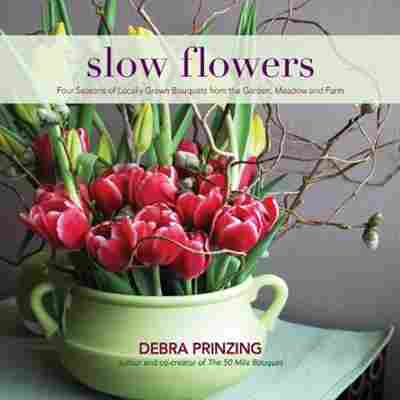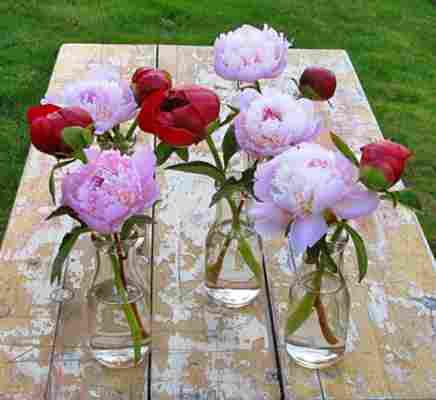“A floral Renaissance is afoot,” West Coast garden and design writer Debra Prinzing tells me over the phone, “and if you love beauty, and if you care about the bigger picture, you can’t help but to be happy that it’s happening.” We’re chatting about her recently launched website, slowflowerom—or at least that’s the premise of our conversation. So far, our talk has segued into a number of other topics, including economics, environmentalism, mass marketing, and responsible consumerism, and I’m beginning to eye my desk cactus with vague distrust.

The longer we talk, the clearer it becomes that Slow Flowers , which shares its name with Prinzing’s latest book (she’s authored seven to date), goes beyond its duty as a directory for locally sourced, domestically grown flowers. For one, it doubles as a vital community for flower farmers, wholesalers, and purchasers—a sort of dot-com salon for the green of thumb and inclination to forge connections. Second, and perhaps most important, the site also acts as a vessel for a philosophy Prinzing has been carefully honing for years, one that contemplates the space where aesthetics and intention intersect.
Slow Flowers gets its name from the Slow Food movement, which began in the 1980s and paved the way for today’s farm-to-table craze. “People have been questioning the origins of their food and making informed food choices for decades,” Prinzing points out, “and flowers are a part of agriculture, too, so we should be conscious of the way in which we consume them.” Her site, then, operates under the guiding principle that purchasing flowers should be as mindful and measured an act as putting food into your body.

As you might imagine, Prinzing swore off wilting bundles of cellophane-wrapped supermarket roses long ago. “I don’t want a mass-market commodity flower when it’s possible to find beautiful flowers both near you and elsewhere in the country, even in limited climates,” she says. “Cutting back on international imports would also cut back on jet fuel used to transport those flowers,” she notes, “and an increase in domestic shopping, even a 10 percent increase, would help so many family farms.”
To those ends, Slow Flowers promotes and connects hundreds of eco-friendly small businesses, and introduces like-minded floral purchasers with growers and retailers. These include the mom-and-pop setups you might find at your local farmers’ market, as well as a number of chic studio florists, such as Brooklyn’s Foxglove Floral Design Studio (its blossoms, as Prinzing happily points out, hail strictly from the surrounding tristate area). “And the funny thing,” Prinzing shares, “is that often florists don’t realize that local couture farmers are right under their noses—right in their own backyards.” Now, thanks to her site, flower lovers, growers, and sellers are finding it much easier to greet their neighbors.
